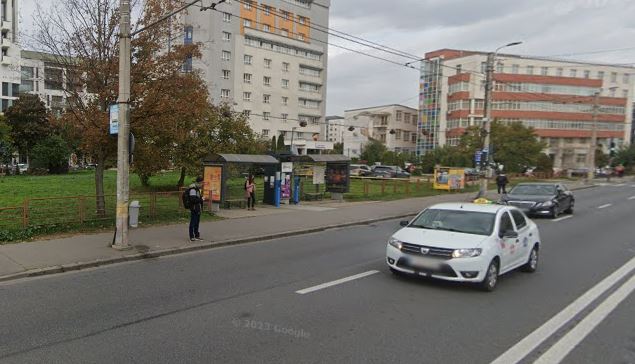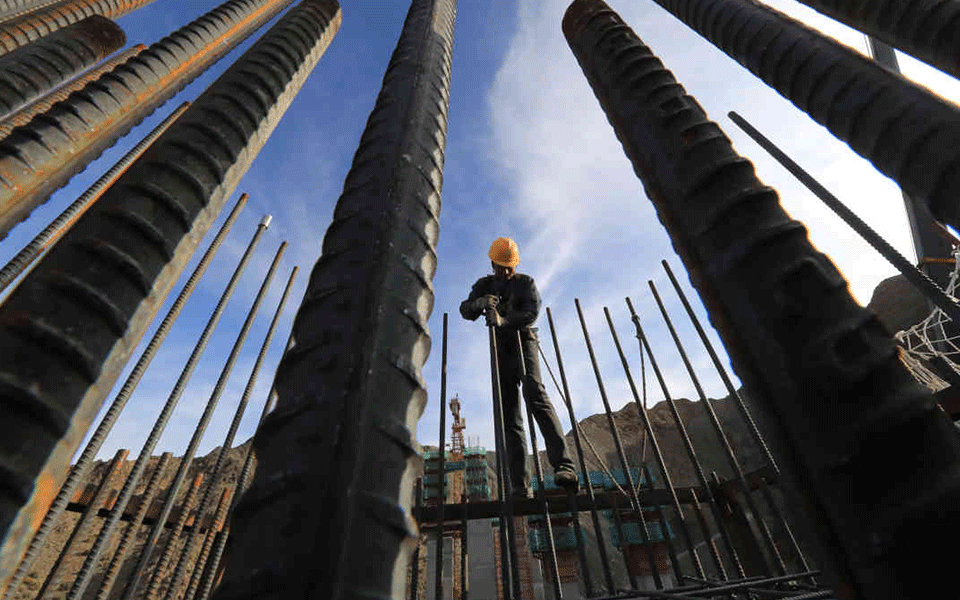#Iran #learned #attack #designed #overload #barely #reach #Israel
“In terms of its size, this was not a symbolic action, it wanted to cause real damage, but Tehran rather destroyed its own credibility by doing so – summarized to the Guardian, an analyst from the London-based Royal United Services Institute on Saturday launched from Iran against Israel missile and drone attack after.
Iran launched 170 drones, 120 ballistic missiles and 30 robotic aircraft towards Israel, 99 percent of them were destroyed, most of them did not even reach Israel’s airspace. Only the Nevatim Air Base in the Negev Desert suffered minor damage. The strike did not directly cause personal injury, but a shrapnel falling from one of the Israeli air defense missiles caused a serious head injury to a seven-year-old girl. Despite the small amount of destruction, the Iranian attack is unprecedented and could threaten another war in the Middle East – we wrote in our latest analysisalso counting on the fact that Israel could retaliate against Iran’s move, although Washington would not participate in this, fearing the escalation of the crisis.
The Israeli war cabinet met several times on Monday, and Chief of Staff Herzi Halevi said that the Iranian attack they will give you an answer. However, the Israeli papers according to they are considering how to give a tough response that does not plunge the region into a regional war.
A fraction of the rockets reached Israel
Of course, the Iranian attack can also be seen as a test of Israel’s air defense systems, so it also provided information to Iran, but it seems that based on this, it cannot be expected to reach the designated targets with an overload – i.e. with a rocket or drone launched in large quantities at the same time, even though ballistic missiles Iran’s stockpiles are estimated at 3,000.
The theocratic Shiite Islamic regime, which has been in existence since 1979 and has declared the destruction of Israel, may have partly had domestic political goals for the attack, and it seemed suitable for it. This is indicated by the fact that Iran announced that it considers the “revenge” carried out with “Operation True Promise” completed – which it called a response to the airstrike on the Iranian consulate in Damascus, presumably carried out by Israel.
Israel was not alone in neutralizing attack elements with very different speeds, of which the Shahed 136 drones can reach Israel, which is a thousand kilometers from the nearest point of Iran, in two hours. Accordingly, the Iranian Revolutionary Guard fired the missiles an hour after the slower drones. In the same way, Paveh-351 type robotic aircraft need 2 hours, but the fastest ballistic missiles can reach Israel in 15 minutes from launch. Five of the ballistic missiles were able to hit, but only causing moderate damage.
There is also protection beyond the Iron Dome
The intercontinental ballistic missiles were intercepted by the Arrow-3 (Arrow) missile system, developed by the state-owned Israel Aerospace and the American Boeing and put into service in 2015, which is capable of destroying hypersonic missiles reaching the uppermost layers of the atmosphere, over a hundred kilometers. Israel will also deliver the Arrow-3 to Germany as part of a $3.5 billion agreement concluded last year – reminded me the New York Times. Since the rockets, robotic aircraft and drones were launched from a fairly long distance, the F-35 fighter jets of the Israeli Air Force were also tasked with eliminating them.
In the multi-element Israeli air defense, the Dávid Parittaya missile system with a range of 300 kilometers, which has been operating since 2018, can be used against short-range ballistic missiles, robotic aircraft and drones. The main role is therefore not this time and Vaskupola carried, which provides protection against missiles coming in lower than the ballistic missiles deployed by Iran. The system did not have to destroy drones either, as they did not even reach Israel’s airspace. The effectiveness of the Israeli-developed Iron Dome, which has been operating since 2011, was first revealed during the attack launched by Hamas in 2014 with 1,500 rockets, and then during the attack by the Palestinian terrorist organization on October 7 last year, when it had to deal with more than three thousand rockets in just two days. .
At best, Iran was more efficient in terms of costs: its ballistic missiles could cost 80,000 dollars, while the missiles used by the Arrow-3 and David’s Sling missile systems cost 3.5 and 1 million dollars each, respectively.
The USA, Great Britain and Jordan also helped
Some of the slow drones are Jordan took it down in defense of its population after they violated its airspace. The predominantly Sunni Arab country maintains relatively balanced relations with Israel, although this has become much more strained after Israel launched a retaliatory strike against Hamas in the Gaza Strip after Hamas’ terrorist attack on Israel on October 7, which also led to a serious humanitarian crisis.
However, international cooperation was much broader than this, as the air forces of the United States and the United Kingdom also participated in the defense of Israel. John Kirby, a spokesman for the White House National Security Council, said Monday that the weekend’s events also showed that, unlike Iran, Israel is not isolated, and that its allies have also rushed to its defense.
The British strengthened their air force in Cyprus, according to Prime Minister Rishi Sunak, Typhoon fighter jets destroyed several drones (the exact number was not revealed). And the Americans, in addition to their fighter jets, sent more warships to the eastern basin of the Mediterranean Sea in addition to those already stationed there before Saturday’s attack.
According to CNN, two fighter jets took part in the operation, and two American destroyers destroyed three ballistic missiles with the Aegis system. According to data from the Central Command (Centcom), the Americans destroyed a total of 80 drones and six ballistic missiles, writes the BBC. Of these, the Americans took down seven drones and a ballistic missile in the territory of the Iranian-backed Houthis in Yemen, at least 1,600 kilometers from Israel, and several drones on the border of Syria and Jordan.
According to the former head of Israel’s National Security Council, however, the United States primarily helped Israel with intelligence information. Giora Eiland described the information as extremely accurate, noting that in the past four years the United States, Israel and several Arab countries in the region have effectively signaled information about possible threats. There were also reports that France was involved in the airspace surveillance, but it was not revealed that any military equipment was shot down.
In addition, before the attack, Saudi Arabia was also able to provide assistance with intelligence information, written by the Times of Israel. The country’s differences with Israel could therefore be overridden by its differences with Iran, albeit last year there was a rapprochement between the Shiite Persian state and the Sunni Arab kingdom competing for regional leadership.
One of the injuries after the attack at the Nevatim base in the Negev desert – Photo: Israel Defense Forces /
According to Iran International, which is considered to be in opposition, the former head of Iran’s National Security Committee criticized Moscow for the failure of the Iranian attack: “Israel was helped by all the powers of the world, until Russia did not provide us with the necessary equipment,” Hesmattulah Falahatpise said. His statement may also have weight because, since October 2022, Iran has supplied Russia with a larger quantity of Shahed drones, which are being deployed against Ukraine.
It is true that Iran was not geographically alone, as the missiles were not only launched from its own territory. Through the groups supported by Tehran, rockets were launched from Iraq, which has a Shiite majority within the population, but also from Syria and the already mentioned Yemen. In addition, Hezbollah fired rockets from Lebanon at the Golan Heights, written by a BBC.
However, regardless of Israel’s defense capabilities, the limitations of Iran’s offensive potential are already indicated by the fact that, according to an American source speaking to CBS, nearly half of the missiles intended for launch, 60, have already failed at the launch site or failed in the air.
A total of five rockets hit the territory of Israel, of which, according to American sources, four may have hit the military base in the Negev desert, causing minor damage. One hit an empty hangar, the other an unused hangar, one crashed into the runway, and one hit an unspecified unused aircraft. The Nevatim military base was certainly Iran’s main target, since Israel also stations F-35s here. However, the base remained operational even after the hits. The fifth rocket hit northern Israel, presumably targeting a radar station, but it missed its target. written by a BBC.











